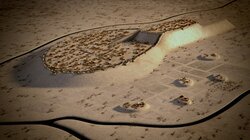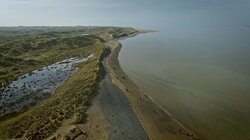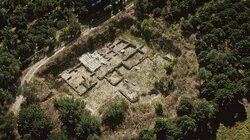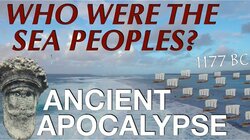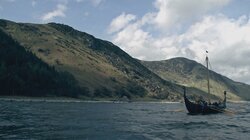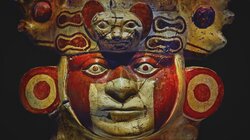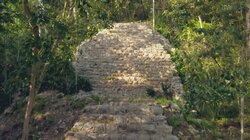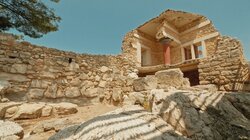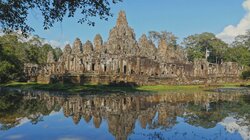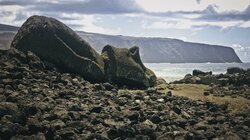Sodom and Gomorrah
Episode: 1x01 | Airdate: Dec 26, 2021
The biblical story of Sodom. It's stood for thousands of years as a powerful lesson of the perils of wickedness. According to the Bible, the men of Sodom were so wicked that God destroyed the city in a shower of fire and brimstone. But did the city of Sodom ever exist and could it be possible to locate? At Tall el-Hammam, in modern day Jordan, archaeologists have uncovered evidence of a once thriving bronze age city, destroyed by some cataclysmic event, that they believe is the city of Sodom.



